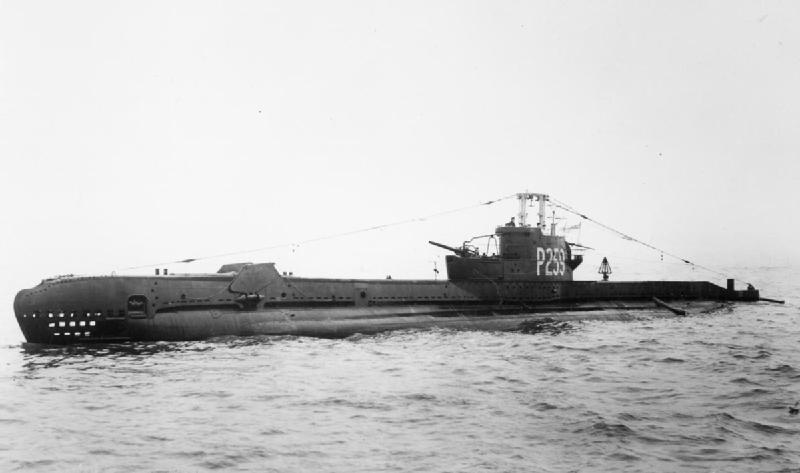Shortround6
Lieutenant General
The British used torpedoes with the air "enriched" by extra oxygen between the wars. I believe only on cruisers?
However the risk of enriched air mixtures let alone pure (or nearly) oxygen was finally thought to be too dangerous.
You also need an oxygen plant to top up the torpedoes on long cruises and some sort of oxygen storage facility on the ship.
The danger was why few countries tried to use oxygen fueled (I know it is the oxidizer and not the fuel) torpedoes in submarines. Too much oil/combustible material leaking into the submarine and oxygen will tend to settle into low places making for some really dangerous fuel/oxygen mixtures.
Most of the Japanese torpedoes did use oxygen enrichment.
However the risk of enriched air mixtures let alone pure (or nearly) oxygen was finally thought to be too dangerous.
You also need an oxygen plant to top up the torpedoes on long cruises and some sort of oxygen storage facility on the ship.
The danger was why few countries tried to use oxygen fueled (I know it is the oxidizer and not the fuel) torpedoes in submarines. Too much oil/combustible material leaking into the submarine and oxygen will tend to settle into low places making for some really dangerous fuel/oxygen mixtures.
Most of the Japanese torpedoes did use oxygen enrichment.

